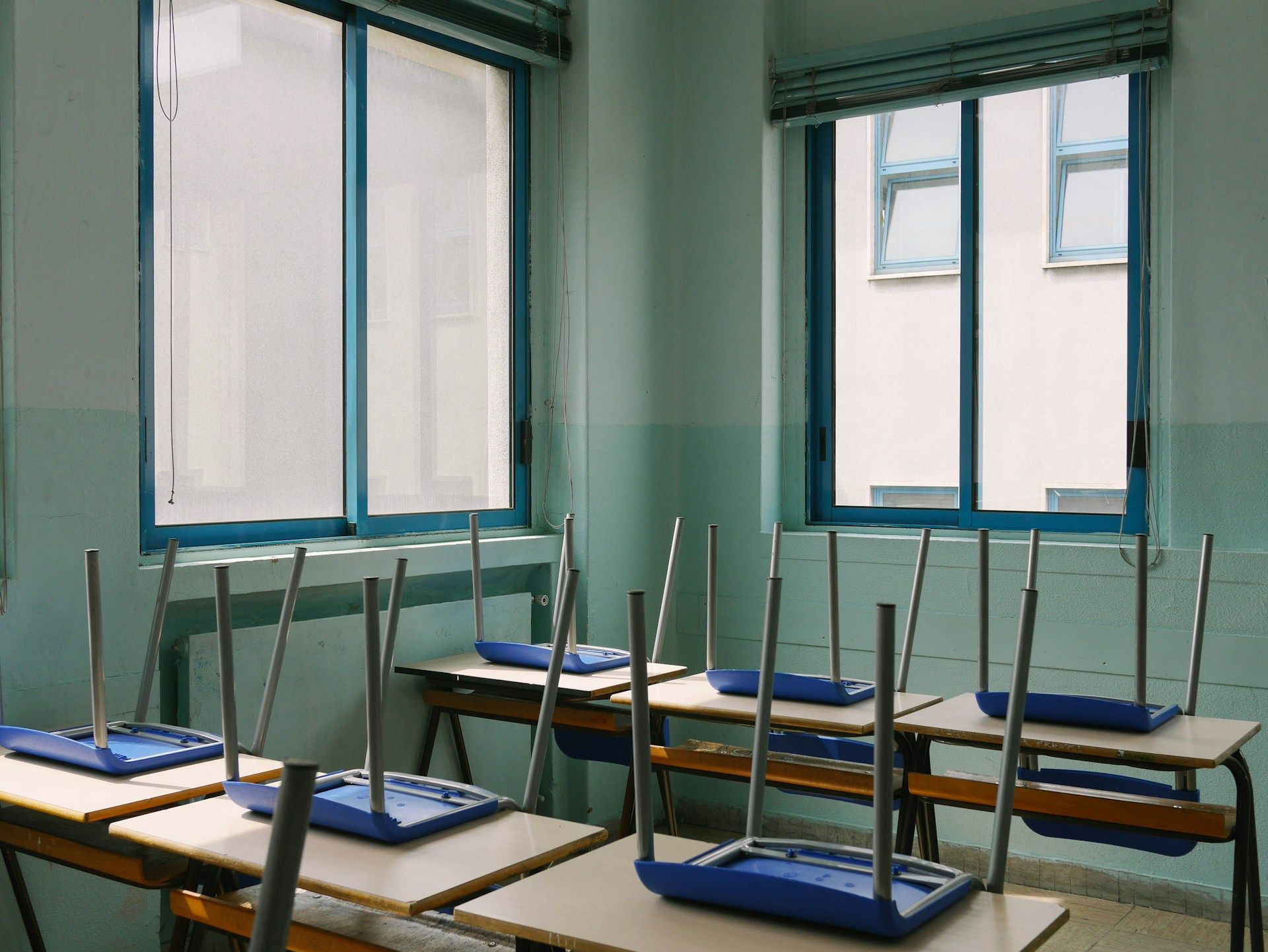If You’re Going To Close Schools, Do It This Way
Across the country, many school districts have seen continuous declining enrollment trends, with a steep loss during COVID that doesn’t show signs of fully returning, along with declining birth rates and shrinking Kindergarten cohorts. School closings are already here, and data indicate many more on the horizon.
When I hear these rumblings, I’m taken back over a decade to my time at Chicago Public Schools, when the district faced a whopping operating budget deficit, over 100,000 empty seats (roughly the size of the 20th largest district in the country), buildings in need of significant improvement, and lagging student outcomes. Ultimately, as is now known and written about often, CPS decided to tackle the capacity challenge in a big wave of 50 school consolidations in 2013. While excess capacity still remained, it was the largest single year consolidation in history – an effort that allowed the district to consolidate its focus on the schools that remained and, in the process, at least partially address some of the financial predicament it found itself in. I’m not going to opine on this process – if it was the right decision, what went right and what went wrong, or the long-term impact. Those articles and opinions readily exist. But as the Director of Transitions at the time, responsible for pulling together the people, plan, and process to implement CPS’ school action decisions with the guidance of our leadership team, I do want to share reflections from having been through it.
Fact: Closing schools isn’t a process anyone ever wants to be a part of. You don’t get into public education to close schools. It’s gut-wrenching work, and it’s heartbreaking and often devastating to the those most impacted. In a perfect world, our schools would be adequately funded and retain or draw families back into them with appropriate resources, well-compensated and supported staff, and excellent programs. This can happen, like in the successes in Washington, D.C. Closures should not be our first answer, and creative solutions can help. But sometimes, like when demographic shifts leave a plethora of under-enrolled, under-resourced schools, the painful solution can become the necessary one. And when it does happen, we have an obligation to minimize the pain felt by all stakeholders involved. Ideally, we are harnessing the opportunity to offer stronger – albeit fewer – schools. With that as context, I offer these reflections for districts facing the prospect of school closures.
- Know the why. Be clear on why you are considering closures and what you expect the outcomes will be. Understand the context and stories of the schools and communities at risk of closure and understand deeply the consequences of any actions you might take before you take them. Balance that with an understanding of the opportunities a closure may present. But don’t lead with closures being solely about solving a financial crisis. While consolidations can support long-term financial sustainability, it often doesn’t save as much money as we expect, and it costs a lot to do well. And importantly, it’s not a compelling argument to your community, even if it is true. Stakeholders will – sometimes justifiably – push this argument back on poor district decisions or management. Instead, how might a smaller number of schools enable more equitable resourcing and better schools for all students? Is rightsizing a lever to be able to do this more effectively? “Better schools” is a conversation communities can engage in. Fixing a budget hole is not.
- Know the how. Going into the work, have a clear decision-making process and “rules” for how decisions will be made, ideally done with a representative community body. Have a single empowered leader, and a cross-functional team at least partially freed up from existing responsibilities to focus on fidelity of planning and implementation. Have a solid process to execute, be overly prepared to do it, and have contingency plans for your contingency plans. Be fully prepared with a plan to track and monitor progress and outcomes and have a quick response system for issue resolution during and after the transition. Be prepared to monitor each impacted student – where they go, how they do through the transition, and how they fare on the leading indicator metrics you monitor for outcomes and growth. Know what will happen to the space that is left behind or the process you’ll use to figure that out, again involving the community. And on the note of buildings, understand that you can separate ‘school’ from ‘building’ – good schools can exist in bad buildings. Be diligent yet creative in your solutions.
- Prioritize people. Know who will be impacted specifically and how. What’s the population of students in temporary housing situations? Students with limited or interrupted formal education? Racial and ethnic demographics of students and teachers? Community groups with connections to schools? Has anyone in the school been shuffled through a school closure before? Know the human stories. Also know the stories of the schools to be closed and ensure there is a plan to honor them. Support schools that are receiving impacted students to prepare students, teachers, and staff and merge school cultures ahead of time. Give them and the school community time, flexibility, and resources to prepare in a way that is informed by students and those closest to them. Prioritize maintaining meaningful student and staff connections where possible and have a thoughtful staff transition plan in place. Whatever you do, lead with empathy.
- Communicate transparently. Invite people to the table; closed doors put up walls. With engagement and transparency, while everyone might not agree on the decisions, you can agree on the validity of the process to make those decisions. Align with stakeholders and co-create solutions where you can (ex: supports students and staff will need for the transition). Communicate effectively – in language that is accessible and respects the human element of this, and through communication modes that work for the people you are trying to reach. Make a clear timeline so stakeholders know what to expect when, and follow through. Get ahead of the issues and stories by knowing them authentically.
School consolidations are coming. We need to study the past, take what worked, and improve where we can. I believe by knowing our why, knowing our how, prioritizing people, and communicating transparently, school districts and communities can collaboratively address the systemic challenges in front of them. Our team at Afton is here to support your district and community in this process.


